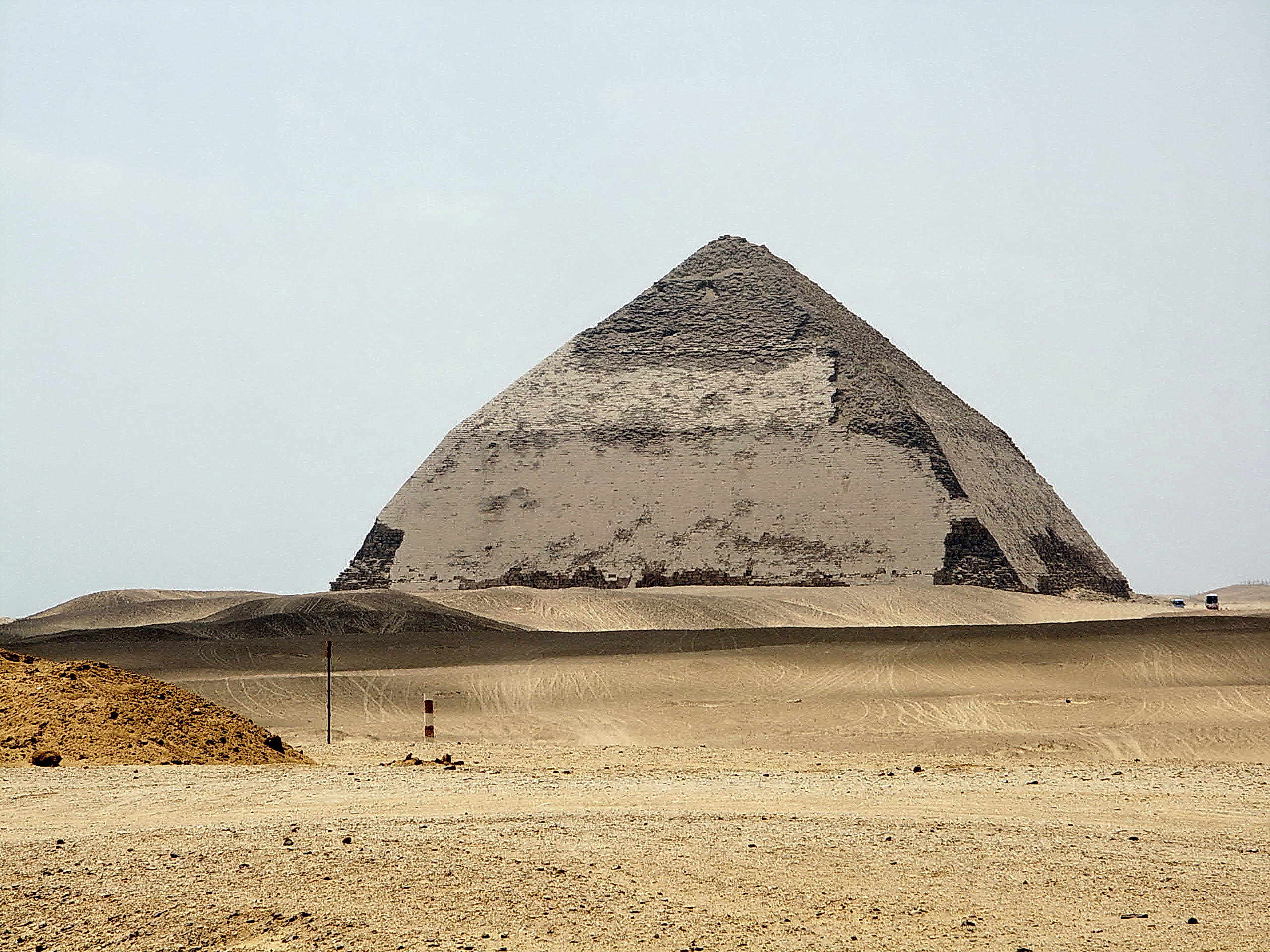1001 Mysteries of the Bent Pyramid

Uncover the mysteries of the Bent Pyramid in Dahshur, Egypt. This pyramid is often considered an archaeological failure, because of its unique shape, which many people think means that the ancient Egyptians had not yet mastered the techniques of building large-scale monuments.
However, the passage explains that comparing this pyramid to later structures is unfair, because at the time, the Bent Pyramid was the only structure with a smooth, pioneering triangular shell.
The narrator explains that much attention has been paid to explaining the Bent Pyramid’s unique shape, while in fact the pyramid’s interior holds many other fascinating mysteries. These details include mysterious corridors and chambers, along with the changing slope on the outside, which is considered the most fascinating feature.
The Bent Pyramid was restricted from research during the 20th century due to its proximity to military zones, and was only opened to visitors in 2019. In the next part of the video, the host promises to explore the entire internal structure of the pyramid, emphasizing that there are many other fascinating things to discover.

Specifically, one of the mysteries inside is a corridor that extends underground, where a joint is 23 cm off the ground, which is often considered evidence that the pyramid has failed structurally.
However, this corridor continues down to an underground chamber, where there is a room with a height of more than 12 meters, creating a feeling like the “Great Chamber” in the Giza pyramid, with complex and difficult to explain architecture.
The Bent Pyramid also has special corridors that experts believe could have been used to move heavy objects. These corridors also had wooden holes to aid movement. In addition, there were many stone steps designed inside to create slopes to prevent intruders.
In the lower chamber of the pyramid, the walls were paved with thin limestone, and many small holes were also cut into the walls to aid in erecting scaffolding or lifting heavy objects up.
Another notable mystery is the 15-meter-high “chimney,” a corridor leading upwards but blocked at the top by large stone slabs, making its purpose difficult to understand.








